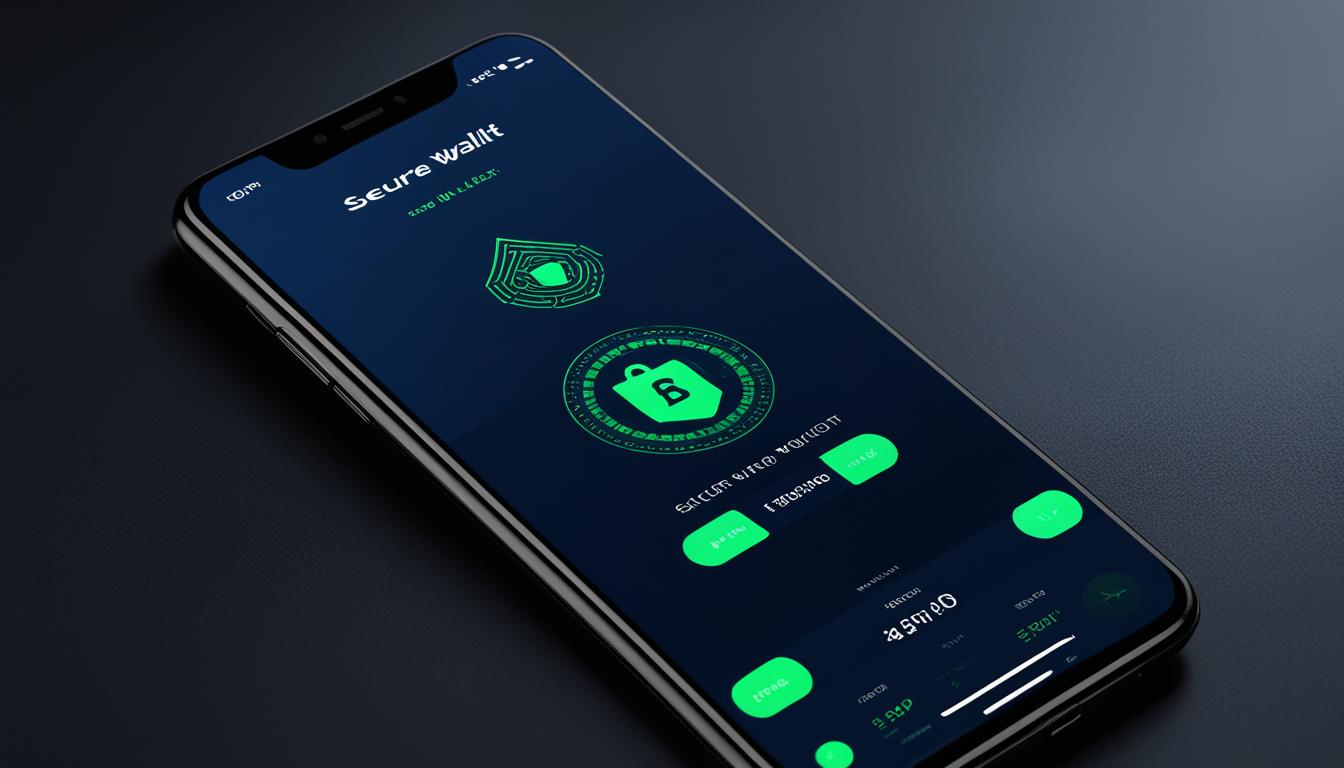With the rising popularity of cryptocurrencies, ensuring the security of digital assets has become a top priority. As cryptocurrencies offer a decentralized and anonymous way of conducting financial transactions, the need for robust security measures cannot be understated. One such measure that has gained widespread recognition is Two-Factor Authentication (2FA).
2FA adds an extra layer of protection to users’ digital assets by requiring them to provide two different authentication factors to verify their identity. This typically involves a combination of a username/password and a smartphone app that generates a unique code for each login attempt. By requiring users to provide these two factors, 2FA significantly reduces the risk of unauthorized access to crypto wallets and ensures the safety of cryptocurrency assets.
Key Takeaways:
- Two-Factor Authentication (2FA) is an essential security measure in the world of cryptocurrencies.
- 2FA requires users to provide two different authentication factors for identity verification.
- 2FA protects against phishing, social engineering, and password brute-force attacks.
- Implementing 2FA enhances the security of cryptocurrency transactions and prevents unauthorized access to sensitive information.
- Choose the right authentication methods for effective 2FA implementation.
The Importance of 2FA in Cryptocurrency Security
Two-factor authentication (2FA) is considered the foundational element of a zero-trust security model in the cryptocurrency industry. It plays a crucial role in verifying the identity of users and protecting sensitive data from various security threats.
By requiring users to provide two authentication factors, such as a password and a smartphone app, 2FA effectively mitigates risks associated with phishing, brute-force attacks, and credential exploitation.
It ensures that only authorized users with physical possession of the required authentication device can access crypto wallets, corporate networks, cloud storage, and financial information stored in applications.
Implementing 2FA in cryptocurrency security is a best practice that helps safeguard digital assets and provides peace of mind to investors and users.

Implementing 2FA in cryptocurrency security is a crucial step to protect your digital assets. By requiring users to provide two authentication factors, 2FA adds an extra layer of protection against various security threats. It ensures that only authorized users can access sensitive information and reduces the risk of unauthorized access to crypto wallets, corporate networks, cloud storage, and financial data.
With 2FA, users need to provide both something they know (password) and something they have (authentication device) to verify their identity, making it significantly more difficult for attackers to gain access to accounts.
By following best practices for cryptocurrency security, such as implementing 2FA, users can greatly enhance their protection against potential threats and ensure the safety of their digital assets.
Types of 2FA for Cryptocurrency Security
Enhancing cryptocurrency security is crucial in today’s digital landscape. Two-factor authentication (2FA) methods provide an additional layer of protection against unauthorized access and potential breaches. By implementing effective 2FA measures, cryptocurrency users can safeguard their digital assets. There are various types of 2FA methods available, each offering different levels of security.
SMS 2FA is a commonly used method that involves sending a confirmation code to a user’s mobile device. This code serves as an additional authentication factor, ensuring that only the authorized user can access their cryptocurrency accounts. Another popular option is the use of hardware tokens like the YubiKey. These tokens generate one-time passwords (OTPs) that users must enter to prove their identity. The advantage of hardware tokens is that they provide an added layer of security by requiring physical possession of the token.
Smartphones can also serve as 2FA devices, utilizing biometric factors like fingerprints or facial recognition to verify the user’s identity. This type of 2FA leverages the built-in security features of smartphones, enhancing the overall protection of cryptocurrency accounts. Depending on their requirements and preferences, cryptocurrency users can choose the most suitable 2FA method to ensure the security of their transactions and protect their valuable digital assets.
Implementing 2FA is a vital step towards strengthening cryptocurrency security. By utilizing different 2FA methods, users can significantly reduce the risk of unauthorized access and enhance the overall safety of their cryptocurrency transactions. Choosing the appropriate 2FA measures that align with personal preferences and security needs is essential for protecting against potential threats in the cryptocurrency landscape.
Source Links
- https://www.techtarget.com/searchsecurity/definition/two-factor-authentication
- https://duo.com/product/multi-factor-authentication-mfa/two-factor-authentication-2fa
- https://www.microsoft.com/en-us/security/business/security-101/what-is-two-factor-authentication-2fa
- Regulatory and Compliance: Pioneering the Future of Saudi Arabia’s Dedicated Cargo Airline - December 21, 2024
- Financial Strategies: Fueling the Growth of Saudi Arabia’s Dedicated Cargo Airline - December 20, 2024
- Operational Excellence: Ensuring Competitive Edge for Saudi Arabia’s Dedicated Cargo Airline - December 19, 2024






